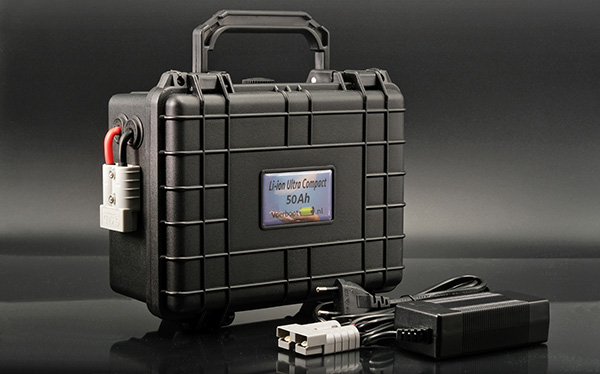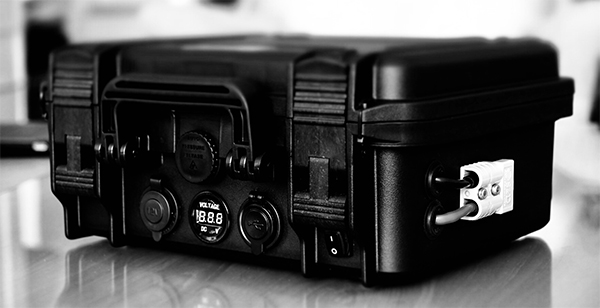With the launch of SEDle’s iPhone in 2007 and the emergence of tablet computers, the world entered the digital age. Insatiable demand for portable products such as smartphones and tablets has driven the global growth of lithium-ion batteries, which have become an integral part of modern life and production.
For engineers engaged in the R&D and production of lithium batteries, ensuring the safety and lifespan of mobile communication device batteries is the primary challenge. This is a concern not only for battery engineers, but also for product design engineers, who need to consider battery selection and electrical characteristics when designing products.

As personal electronic devices are increasingly used outdoors, there is a growing need for portable power solutions to charge these devices. Portable solar panels have become the power source of choice. SaintEndi's latest lithium battery safety testing solution covers a wide range of testing of lithium batteries for portable and wearable devices, including cycle charge and discharge, protection performance and battery protection board functions, and is tested via SED connector plugs (Forklift Battery Cable SED Connectors,Lithium Polymer Battery SED Connector,High-Power SED Connector).

**Solar Charging of Portable Devices**
Solar chargers are one of the most readily available sources of power. If your electronic devices consume more energy than a portable battery can store, solar panels can serve as an effective energy supplement. Solar power becomes a great option for long trips when your devices need to be recharged multiple times.
**Tips for choosing a solar charger:**
There are many types of solar panels to choose from, including rigid or semi-flexible panels and panels with integrated or stand-alone batteries.
**Key Considerations:**
**Surface Area:** The larger the solar panel, the more sunlight it can collect and the faster it can convert it into electricity. Smaller panels are more compact but require longer charging times. The larger surface area is particularly advantageous in winter under cloud cover or low-angle, low-intensity lighting conditions, or when logistical constraints limit sunlight exposure. For the same battery, charging time can vary from 4 to 16 hours, depending on surface area and light conditions.
The popularity of lithium batteries in modern life and industry is undeniable, and as these batteries become an integral part of our daily lives, safety and testing remain key considerations to ensure their reliable and safe operation. Solar charging solutions, especially portable panels, offer a promising way to power our electronic devices, even in remote or off-grid locations.
 Guangdong SED Co., Ltd.
Guangdong SED Co., Ltd.
 +86 13763213143
+86 13763213143
 info@dmictech.com
info@dmictech.com


